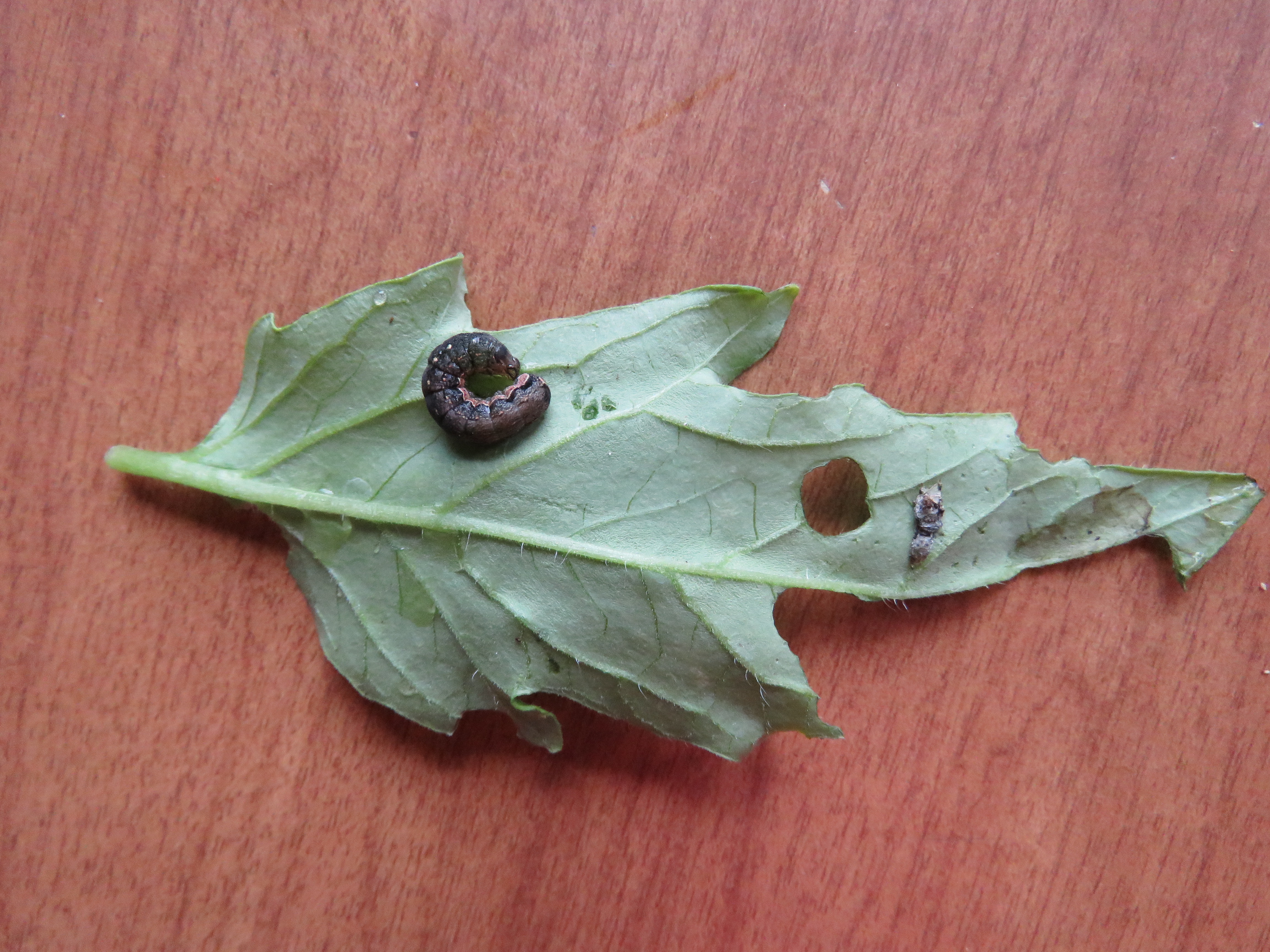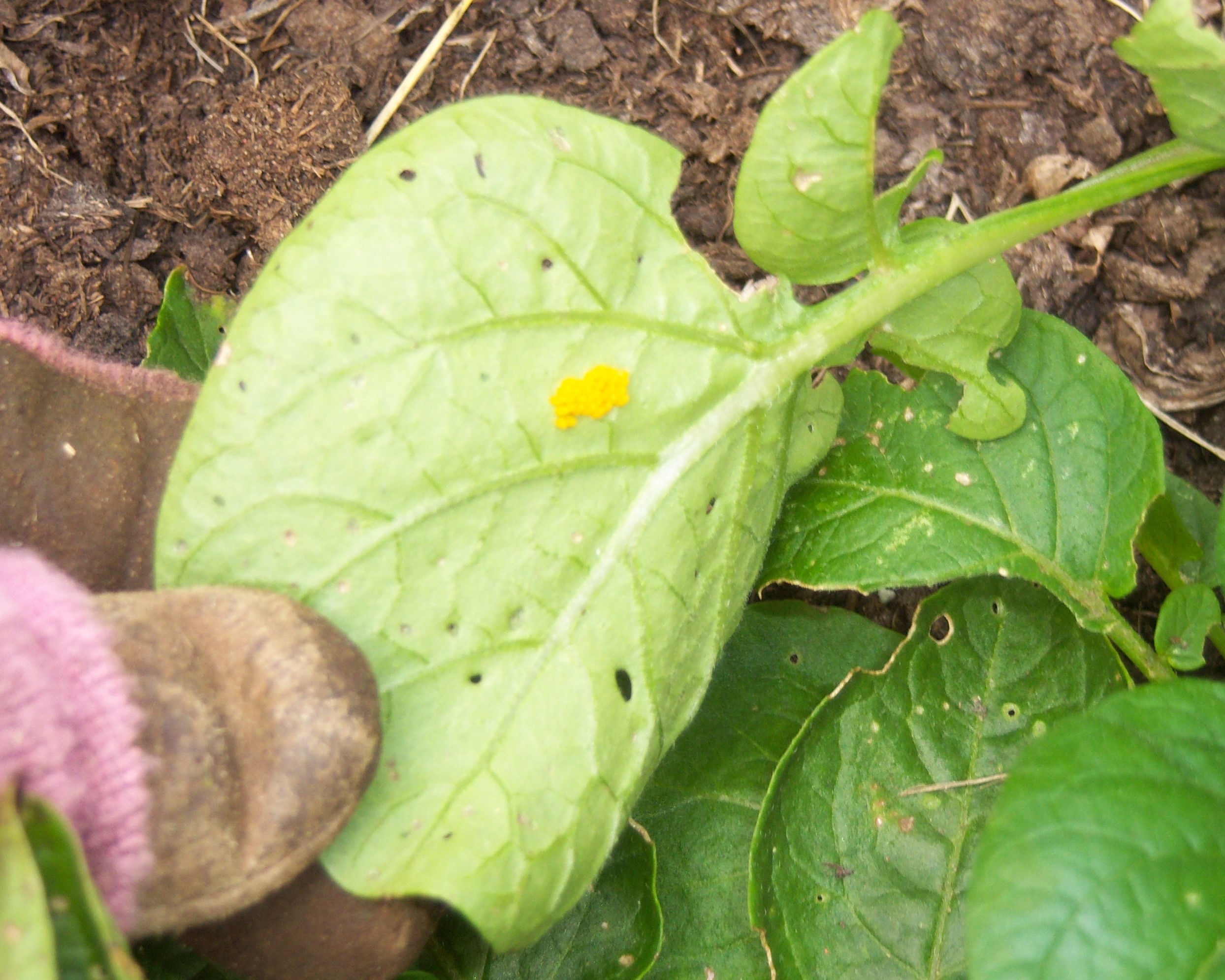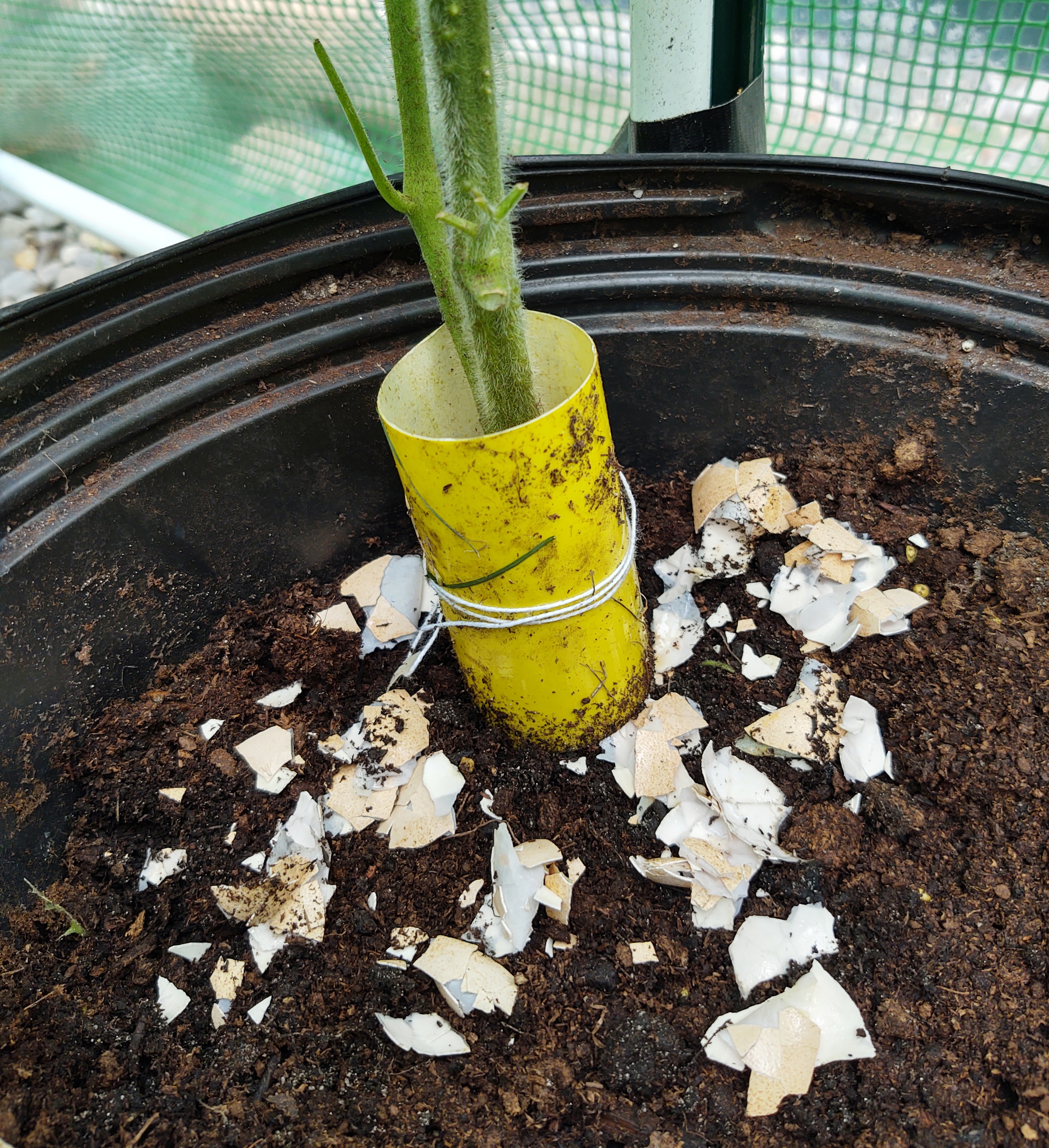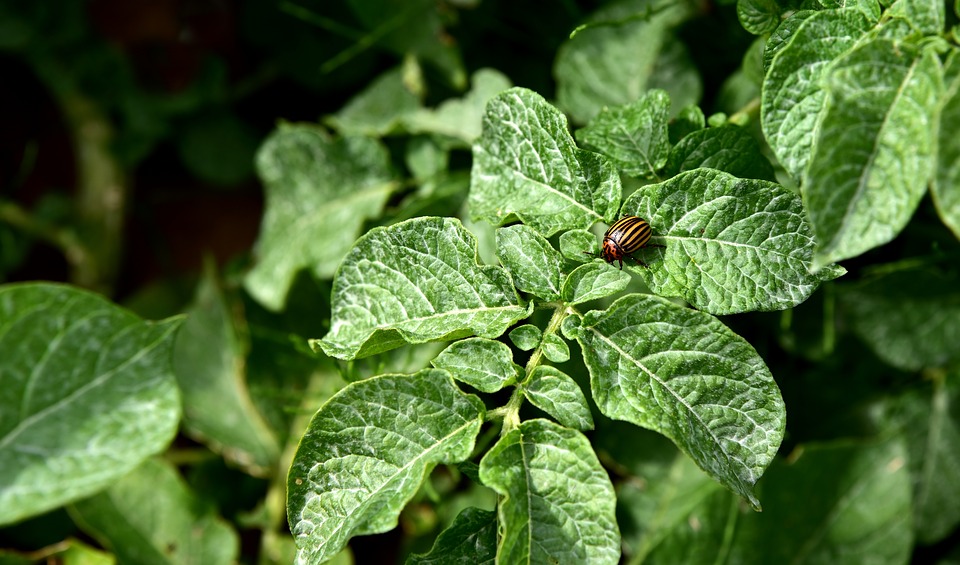Smart Gardening with Vegetables 101: Summer maintenance
Check frequently for insects and diseases to control them early and protect plants.

Thanks to all who have participated in the Smart Gardening with Vegetables 101 Online Course! We are excited to stay in touch with all of you throughout your gardening experience this year with these seasonal articles. For those who have not taken the course, check it out at:
Smart Gardening with Vegetables 101 Online Course
It’s summer, and your vegetable garden is in full swing. You may see some vegetable plants thriving, and others may be lagging or showing signs of disease. So, what’s a gardener to do? The Smart Gardening thing to do is to become a regular observer in your vegetable garden so you can identify emerging problems and make a rapid response. Regular scouting, which involves daily observations, prevents plant problems from becoming unmanageable, preserves affected plants, and reduces impacts on other plants and organisms.
Michigan State University Extension, many land grant universities and plant pathologists agree that an integrated pest management (IPM) approach to managing plant problems and disease is a great technique because it promotes better health of plants, minimizes use of pesticides, reduces disease risk to other plants and protects beneficial insects and other organisms important to ecosystem health. Much of that effort centers around creating healthy soils and selecting healthy plants in the first place (we teach that in our class). Now that it is July, it is time to apply the next step of IPM: Keep a keen eye out for issues, accurately identify the problem and apply a targeted and multi-faceted response.
Take regular walks with both a macro and micro perspective
Big problems are easy to see, like a collapsed or discolored tomato plant. But other issues may be more elusive, like a cutworm feeding on leaves at night or a potato beetle laying eggs on the underside of a leaf. Instead of just a casual walk, crouch down low. Look closely at your plants, especially underneath leaves and on the new growth; challenge children to see what they can see; and scout at variable times, including the evening. Bring your smart phone and snap photos of potential problems or insects so you can zoom in on them later and be ready with a photo if you need to get expert advice.


Identify the problem on the plant before taking action
Is the plant discolored or wilting? Does it have spots or holes in the leaves? Is it weak or not producing flowers or fruit? For help diagnosing the problem, call the MSU Lawn & Garden Hotline at 1-888-678-3464, send a message and/or photo to Ask an Expert or the MSU Plant & Pest Diagnostic Lab. Most of these services are free. Stick to research-based websites or websites that reference research-based information when searching the web.
Apply a management plan
Are you able to remove the diseased area and dispose of it? Can you locate and identify the damaging insects or eggs and pick them off or crush them? Is there a mechanical method to prevent more damage, such as temporarily covering plants with mesh cloth or relocating a container to an isolated area to prevent others from being infected by the same disease? If a cultural mistake, do you need to start watering from below instead of above ground? Are plants too crowded and need to be thinned? Do plants suffer from infrequent watering where adding a layer of fresh dry mulch at the base of plants would help? Do not limit yourself to one solution because applying multiple techniques can be more effective than just employing a single technique.


Be on the lookout for the beneficials, too
Most insects are not harmful to plants. Make sure to correctly identify the actual insect that is causing the problem as many insects are beneficial or are just passing through the garden. For example, insects such as lacewings and parasitoid wasps and animals such as toads are predators to pests. Others may not be predators but are not necessarily significant pests of a plant (i.e., ants eating the sap from scale).
Forgive yourself if a few plants die
Even very experienced gardeners know that certain varieties of plants, unpredictable weather and “learning as we go” happens. If you have a very diseased plant, sometimes the best thing to do is to get rid of it to protect other plants. That is OK! Make a note of the issue in your garden diary so you can plan for a different variety the following year. Or, be sure to use crop rotation to keep that plant family out of the garden area for at least three years.
Read more about this topic here in “How to manage plant pests and diseases in your victory garden” from Morning Ag Clips.



 Print
Print Email
Email

